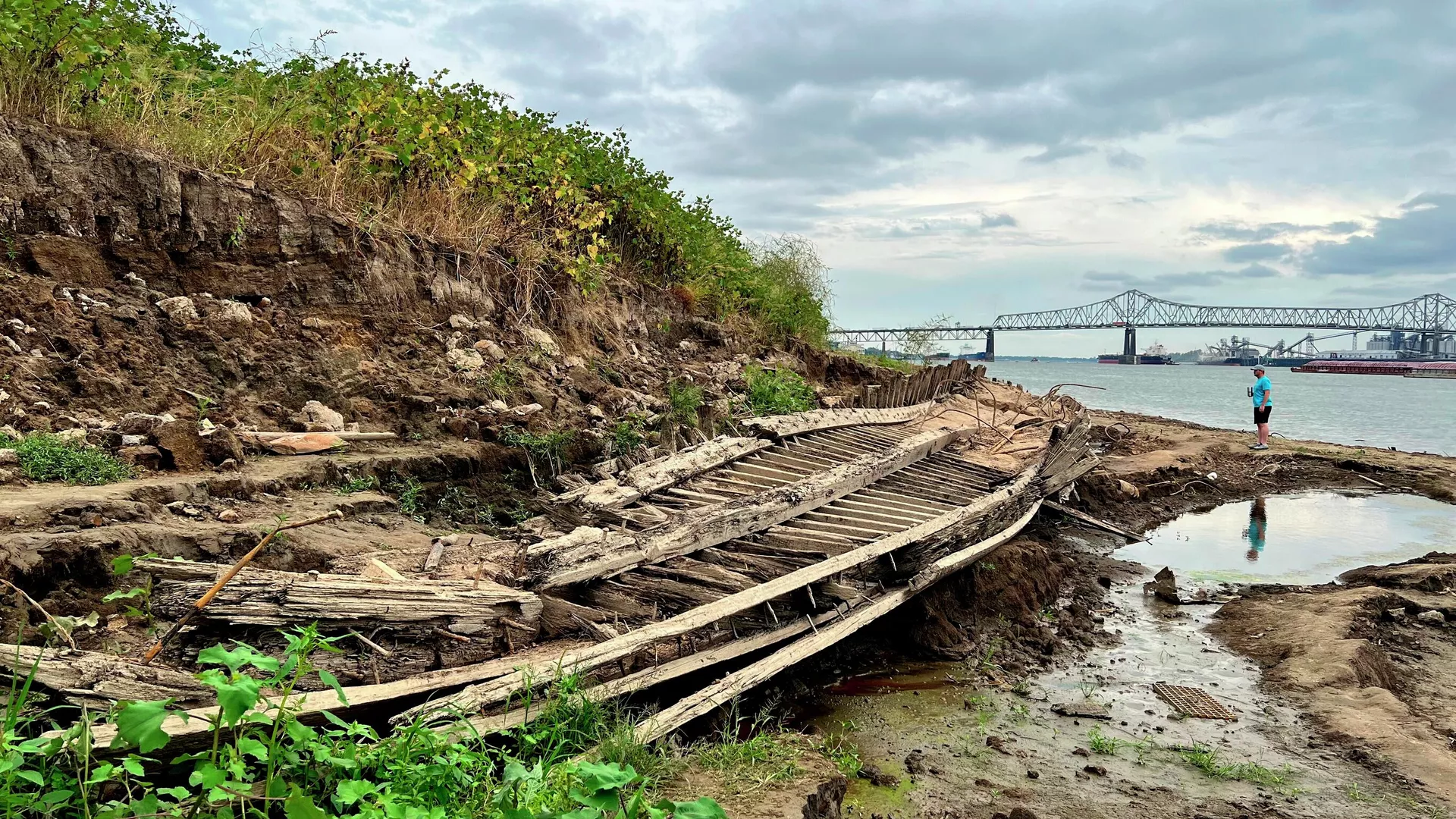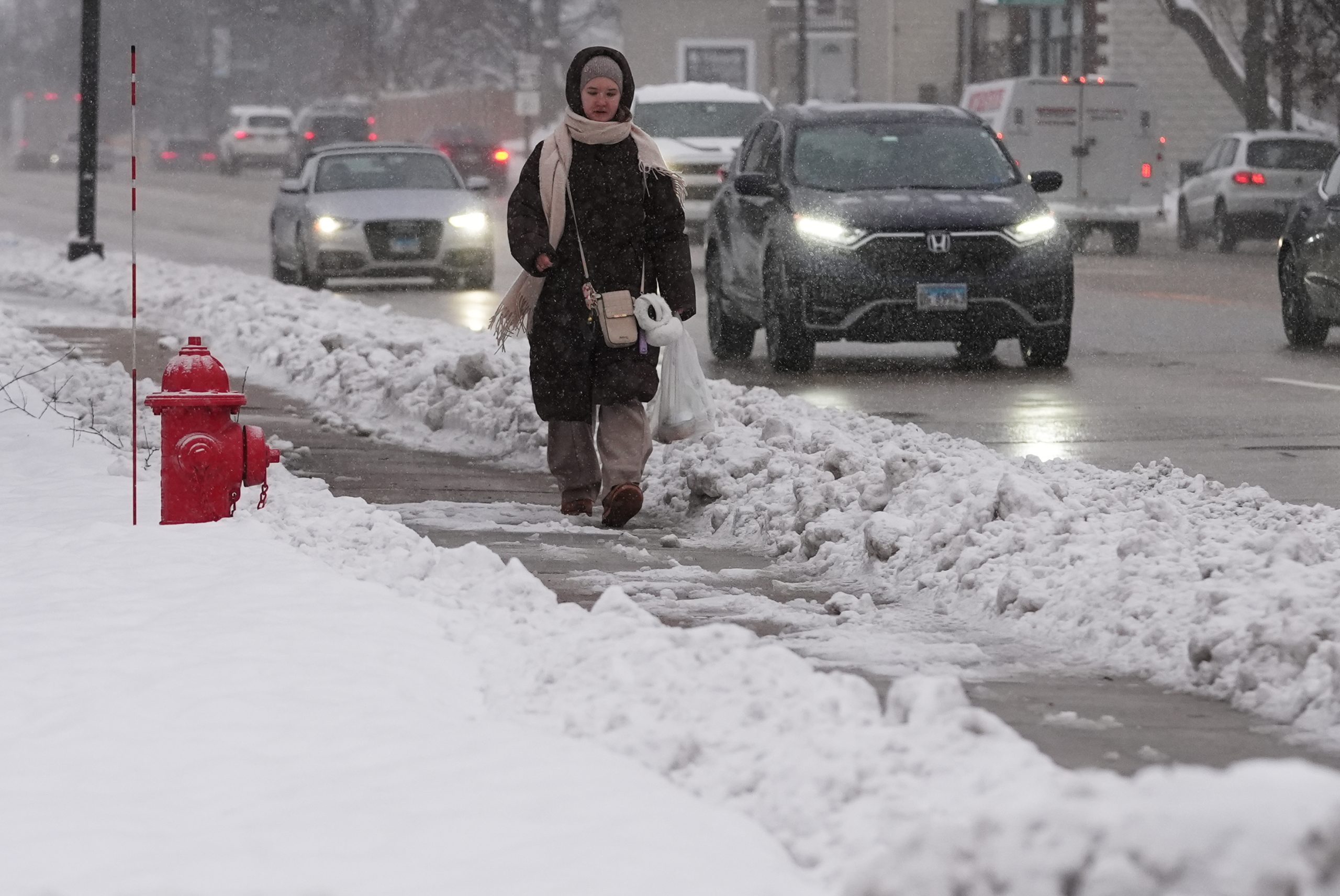New Orleans, Louisiana, is on the brink of a drinking water crisis as the Mississippi River rapidly shrinks, allowing saltwater from the Gulf of Mexico to infiltrate its historically low waters. The situation has triggered an emergency response, with state and local authorities scrambling to address the impending public health risk.
The lower Mississippi River, which serves as a vital water source for the region, is facing an unprecedented threat as saltwater intrusion looms.
The National Weather Service’s predictions indicate the river’s volume will plummet to record lows in the coming weeks, intensifying the crisis. Despite efforts by the Army Corps of Engineers to mitigate the problem, the relentless dry weather is causing the intrusion to advance.
Louisiana Governor John Bel Edwards has sounded the alarm, stating the saltwater intrusion is moving further up the river.
In response, New Orleans Mayor LaToya Cantrell has declared an emergency and is closely monitoring the situation. The state is on the verge of requesting federal assistance to deal with the impending crisis.
Plaquemines Parish in southeastern Louisiana has already been grappling with the effects of saltwater intrusion since June. Residents there are under a drinking water advisory, and bottled water distribution is underway. However, the situation is expected to worsen, with other communities likely to be affected in mid-to-late October, including the St. Bernard, Orleans, and Jefferson parishes.
The Louisiana Department of Health is conducting water quality testing and analysis, cautioning against attempts to remove sodium through boiling or filters. Affected individuals are advised to use bottled water or an alternative freshwater source.
Efforts to combat saltwater intrusion include the US Army Corps of Engineers’ construction of an underwater barrier sill last July, designed to delay the flow of saltwater. However, the intrusion recently overtopped the sill as crews prepared for additional work.
The Corps of Engineers is now working to augment the existing sill to delay the intrusion by an estimated 10 to 15 days, acknowledging the severity of the situation and the need for an urgent response.




